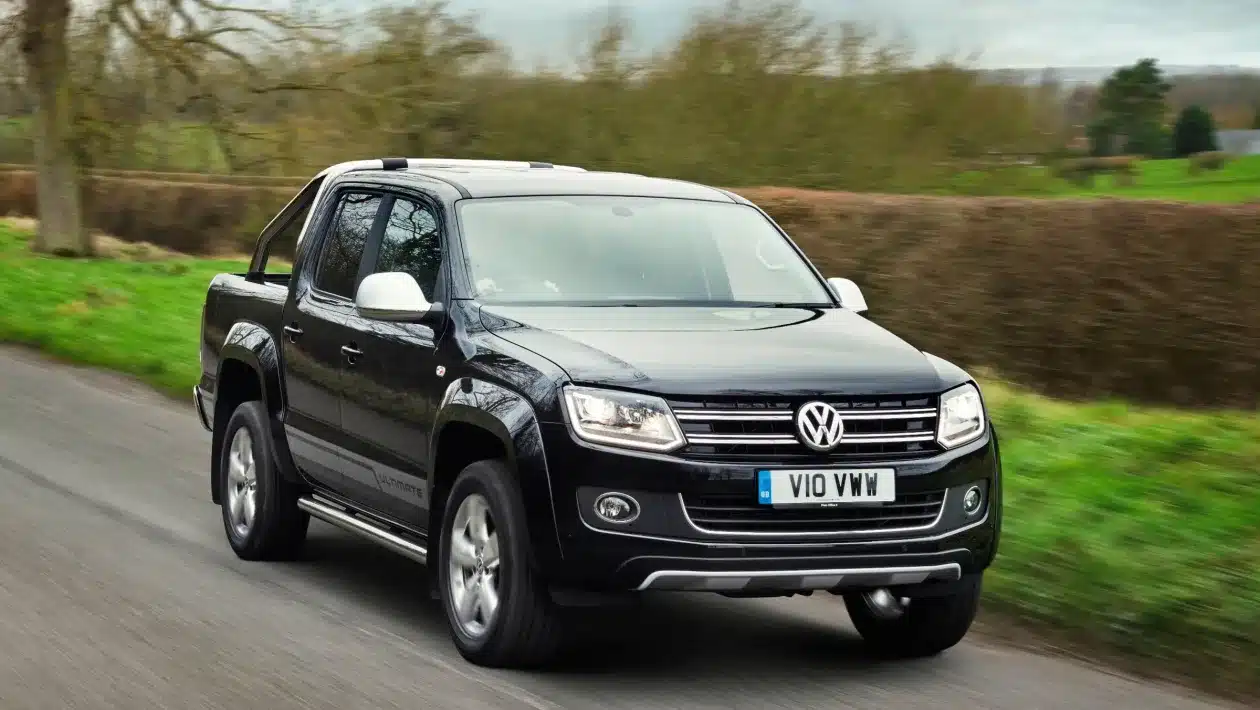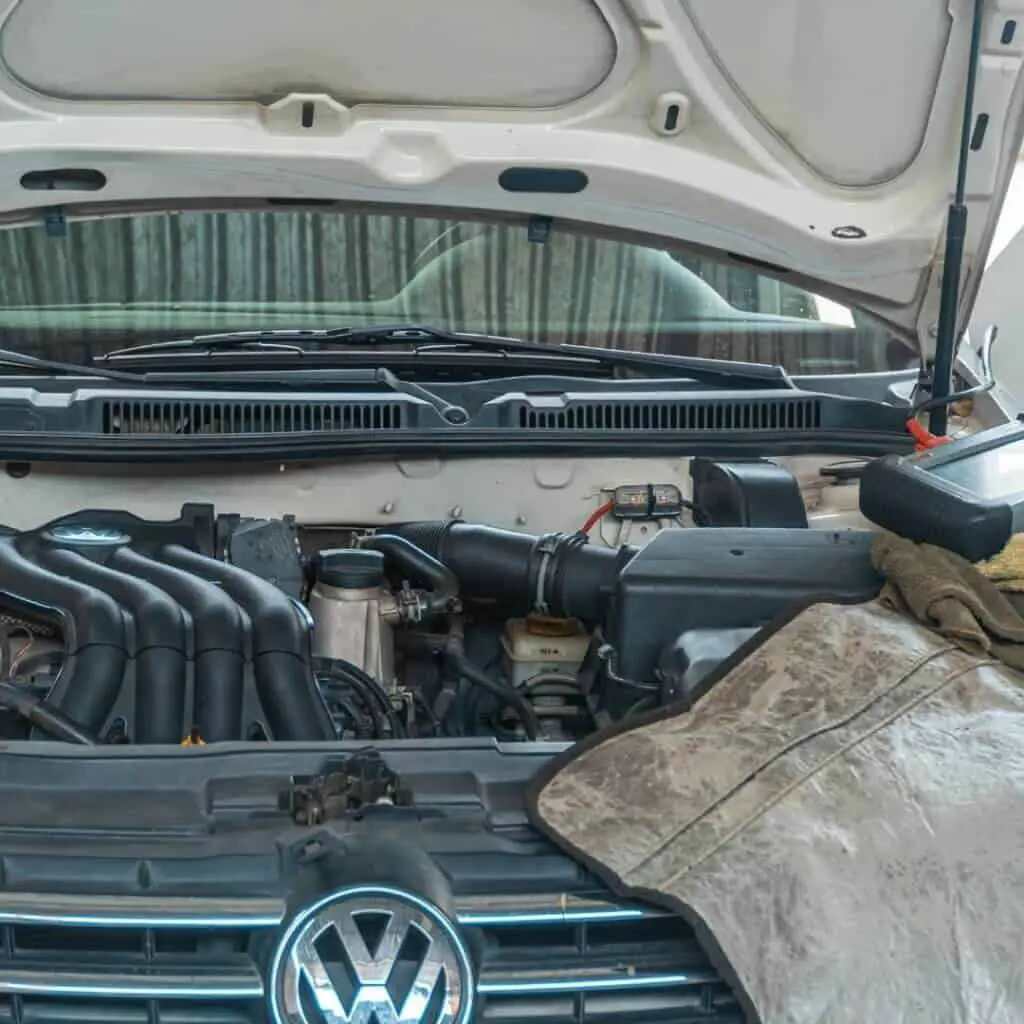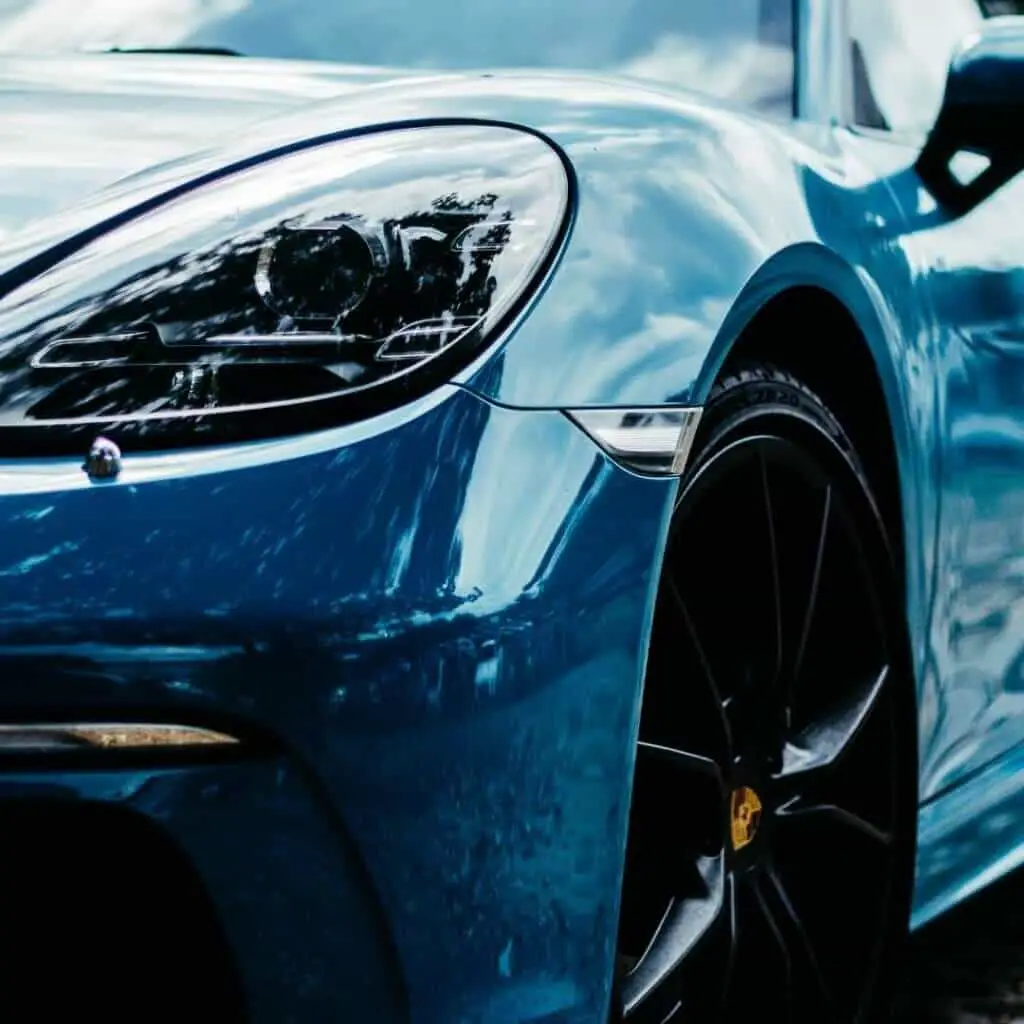What are the most common VW Amarok problems?
Since 2010, Volkswagen has been manufacturing the Amarok pickup truck. It is a body-on-frame vehicle with leaf springs in the back and double wishbones suspension up front.
The single-cab and double-cab Amarok models are powered by turbocharged gasoline or turbocharged direct injection (TDI) diesel engines and come with either rear-wheel drive or 4-motion all-wheel drive (AWD).
The automobile is available with a 2.0-liter engine and either an 8-speed automatic transmission or the industry-standard 6-speed manual transmission. Its 4-motion AWD and three transmission modes—drive, sport, and manual—make it a superb off-road vehicle.
The vehicle has a long bed (2.2 meters), which provides a lot of freight space. For the planned use, the bed can be altered by the addition of various structures.
The Volkswagen Amarok has emerged as one of the most well-liked models when compared to other utes like the Ford Ranger, Toyota Hilux, and Mitsubishi Triton.
Due to its popularity, a few prevalent problems have come to light over time. The defective water pump, overheating, transmission problems, DPF and EGR valve failure are the most frequent issues with Amarok vehicles.
Even though the 2011 Volkswagen Amarok has had the most complaints overall, CarComplaints ranks the 2013 model year as being worse. This is due to other potential causes like higher repair costs or more issues at lower mileage [1].
Most Common VW Amarok Problems

- EGR Valve Failure
Failure of the Exhaust Gas Recirculation (EGR) valve is one of the common problems with the VW Amarok. The EGR valve recycles unburned exhaust gases to the engine to limit the amount of nitrogen dioxide emitted into the atmosphere [2].
The component also has a cooling function to provide a smooth engine running under light loads.
Lack of engine maintenance and care is to blame for the EGR valve failure. The valve gets clogged, which reduces the engine’s ability to release exhaust gasses.
If you think your Amarok’s EGR is broken, you can typically check a few items. In many instances, there is a leak.
The coolant that circulates through the EGR Radiator cooler, which is intended to lower the temperature of the unburned exhaust gases, first leaks into the intake and then joins the gases being burned up in the combustion chambers.
When the EGR valve fails, a Check Engine light will appear on the dashboard and the engine will shut off while the vehicle is in motion. The car will frequently enter protective limp mode.
Other signs of EGR valve failure include rough idling and engine banging noises.
Make sure you routinely clean your EGR system and Inlet. This will stop the engine from failing as a result of soot buildup.
It’s also wise getting your car to have the engine looked at by a mechanic and the valves cleaned. The EGR valve should be changed if the issue persists.
- Water Pump Issues
The water pump is the heart of your engine’s cooling system.
The trouble with the water pump is one of the VW Amarok’s most frequently encountered problems. The pump is in charge of moving coolant from the radiator to the engine and back through the cooling pipes [3].
At the radiator, the coolant absorbs heat from the engine and disperses it into the atmosphere. Overheating, coolant leakage, whining noises, corrosion on the water pump itself, and excessive steam are a few symptoms of a faulty water pump.
A regular examination of the water pump’s condition is a fantastic approach to prevent future harm, such as burnt pistons. A decent water pump ought to last for at least ten years.
Water pump failure can be detected early, for instance, if your mechanic observes any premature corrosion.
- Timing Chain Tensioner Issues
Numerous mechanics and owners of Amarok 2.0 TSI vehicles have claimed that the timing chain tensioner on previous engines (found in models from 2008 to 2015) was problematic.
The Amarok timing chain tensioner regulates the tension on the timing chain between the crankshaft and camshaft sprocket. Keeping the chain from rattling and slipping off the sprockets also makes the chain run smoothly.[4].
The engine might shake and emit a high-pitched noise if the timing chain tensioner is worn out. An engine replacement may be necessary because a failed timing chain might result in catastrophic failure and damage.
Preventive maintenance should be taken into account to ensure safety and peace of mind.
If the timing chain kit is the problem, a professional check of the timing chain and tensioner at an auto repair and servicing facility can be less expensive than a full engine replacement.
To prevent any expensive repairs, make sure to have your drive belt inspected frequently.
- DPF Failure
The Diesel Particulate Filter (DPF) in the Amarok’s diesel trims occasionally malfunctions. Any diesel vehicle must have a DPF because it aids in filtering hazardous particles from exhaust emissions [5].
The Diesel Particulate Filter is a component of the exhaust system that lessens the amount of particulate matter discharged from the tailpipe. 80% of the dangerous soot that leaves the combustion chamber is intended to be caught and trapped by it.
The Engine Management Light on the dashboard notifies the driver when the harmful exhaust particles become obstructed. In stop-and-go metropolitan traffic, these filters frequently become jammed.
Amarok DPFs have a reputation for failing a little more frequently than other brands and must therefore be replaced regularly.
The DPF warning light on the Amarok can only be on for a very little time before the limp mode is activated since the DPF tends to become blocked pretty rapidly.
The blockage is larger than 50% once the limp mode is engaged, making active regeneration impossible. In this case, you’ll need to take the car to a VW dealership so that the DPF may be pushed to regenerate or be replaced.
- Excess Carbon Buildup
The internal combustion engine, particularly the diesel variety, generates a lot of carbon in the combustion chamber.
This leads to valve blockage, preventing incoming air from getting to the engine. The engine misfires as a result of the carbon buildup, which also reduces fuel economy. [6]
Manual elimination of carbon accumulation is the only method to get rid of it.
Although there are preventative options on the market, it is unlikely that they will completely stop major carbon buildup. Contact a repair and service shop if you require help with this.
- Transmission Issues
There are several manual and automatic transmission options available for the VW Amarok lineup. The mountings for the gearbox in the VW Amarok frequently need to be replaced due to wear.
The pin in the selector spindle coming out and the vehicle jerking out of gear are two more common gearbox problems with the VW Amarok. It is common for the gearbox to require replacement.
The 2013 Volkswagen Amarok has the most frequently reported transmission failure issue.
Delayed acceleration and transmission slipping are also common with the Amarok transmissions. It’s wise to check the transmission fluid first when trying to determine why it’s slipping.
Even if you are sure it is full, you can still check the fluid color to see if there is a problem with the transmission. [7]
Read Also: VW T-Cross Problems
Conclusion
Volkswagen is a well-known brand that stands for sophistication, superior construction, dependability, and fuel efficiency. The VW Amarok is a strong and adaptable truck that can complete almost any job you give it.
It is capable of handling any weight, including towing a boat or a cargo of logs.
The Amarok is equipped with a strong engine and four-wheel drive so it can handle everything. If you’re seeking a vehicle that can perform a variety of tasks, the VW Amarok is the truck for you.
Nevertheless, that does not imply that the VW Amarok is faultless. The car has been the subject of problems like EGR valve failure, faulty DPF, excess carbon buildup, water pump, and timing chain tensioner issues.
The Amarok has flaws just like any other car does, and you’ll need to deal with them when they arise. However, if you take care of any issues at once, you’ll have a durable, practical pickup truck that will endure for many years.
Read Also: Hyundai ix35 Problems




